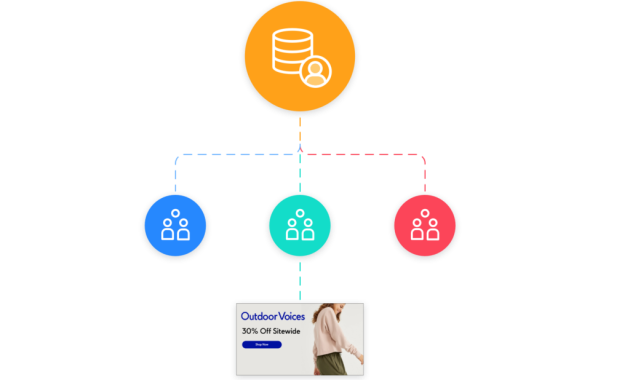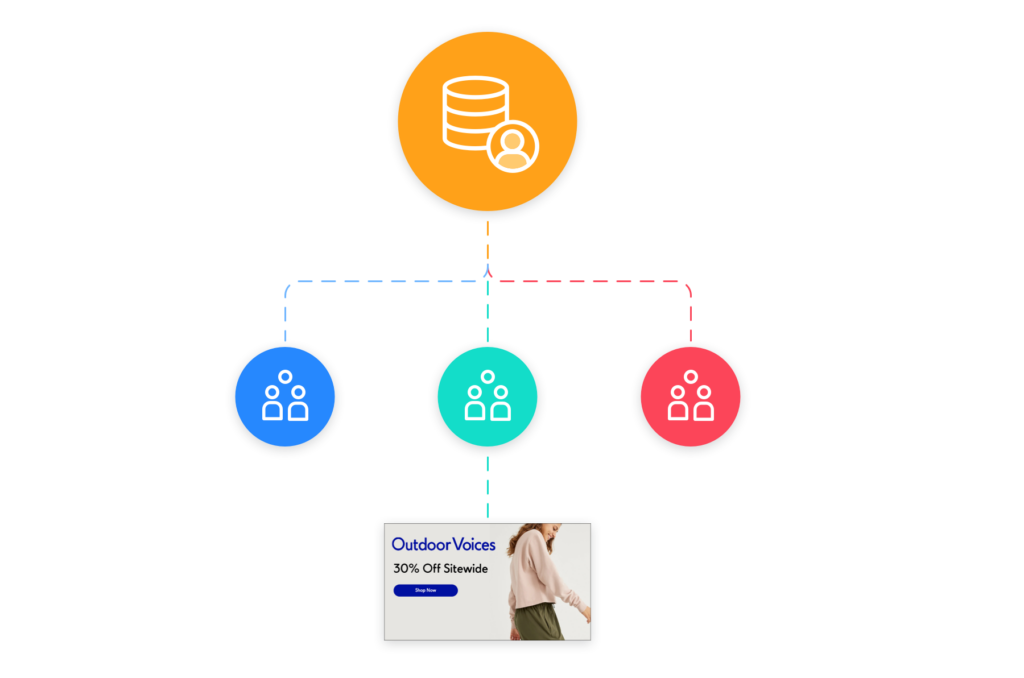
Quick Guide to Customize Conversions by CRM Software: A Step-by-Step Approach
In the dynamic world of business, understanding and optimizing customer interactions is paramount. Customer Relationship Management (CRM) software has become an indispensable tool for businesses of all sizes. However, the true power of CRM lies in its ability to be customized. This is especially true when it comes to tracking and managing conversions. This article provides a quick guide to customize conversions by CRM software, offering a step-by-step approach to unlock its full potential.
The goal of this guide is to empower you with the knowledge to tailor your CRM system to accurately reflect your business goals. We’ll explore how to define conversions, choose the right CRM, and implement customization strategies. By the end, you’ll be able to transform your CRM into a powerful conversion tracking machine.
Understanding Conversions in the Context of CRM
Before diving into customization, it’s crucial to understand what constitutes a conversion. In the CRM context, a conversion is any action a customer takes that signifies progress toward a business goal. This can range from a simple form submission to a completed purchase. Defining these conversions accurately is the cornerstone of effective CRM customization.
Different businesses have different conversion goals. For example, an e-commerce business might define a conversion as a completed purchase. A lead generation company might consider a conversion as a qualified lead. The key is to align your conversion definitions with your business objectives.
Choosing the Right CRM Software for Conversion Customization
The choice of CRM software significantly impacts the customization process. Some platforms are more flexible and offer a wider array of customization options than others. When selecting a CRM, consider the following factors:
- Customization Capabilities: Does the CRM allow you to create custom fields, workflows, and reports?
- Integration: Does the CRM integrate with your existing tools and platforms?
- Scalability: Can the CRM handle your growing business needs?
- User-Friendliness: Is the platform easy to use and navigate?
- Reporting and Analytics: Does the CRM offer robust reporting and analytics features?
Popular CRM software options include Salesforce, HubSpot, Zoho CRM, and Microsoft Dynamics 365. Each platform has its strengths and weaknesses. Researching and comparing these options is essential before making a decision. The best CRM is the one that aligns perfectly with your specific business needs.
Step-by-Step Guide to Customize Conversions by CRM Software
Now, let’s delve into the practical steps to customize conversions within your chosen CRM software. This section provides a detailed, actionable guide.
Step One: Define Your Conversion Goals
The first step is to clearly define your conversion goals. What specific actions do you want to track? Make a list of all the actions you consider conversions. Be specific and measurable. For example, instead of saying “generate leads,” specify “qualified leads that fill out the contact form.”
Document your conversion goals. This document will serve as your reference during the customization process. It ensures that your tracking is accurate and aligned with your business objectives.
Step Two: Create Custom Fields
Most CRM systems allow you to create custom fields. These fields store specific information about your leads and customers. Create custom fields to track the data related to your conversion goals. For example, if you want to track the source of a lead, create a custom field for “Lead Source.”
The types of custom fields available vary depending on the CRM. Common options include text fields, dropdown menus, checkboxes, and date fields. Choose the field type that best suits the data you’re tracking. Custom fields are crucial for effective conversion tracking.
Step Three: Set Up Workflows and Automation
Workflows and automation streamline your CRM processes. They also automate the tracking of conversions. Create workflows to trigger actions based on specific events. For instance, when a lead fills out a form, a workflow can automatically update the lead’s status to “Qualified.”
Automation saves time and reduces manual errors. It also ensures that your conversion tracking is consistent. Properly configured workflows significantly improve the efficiency of your CRM system.
Step Four: Configure Reports and Dashboards
Reporting and dashboards provide valuable insights into your conversion performance. Customize your CRM reports to track your defined conversions. Include metrics such as conversion rates, lead sources, and sales cycle length.
Create dashboards to visualize your data. Dashboards provide a quick overview of your key performance indicators (KPIs). Regular monitoring of your reports and dashboards helps you identify areas for improvement.
Step Five: Test and Refine
Once you’ve customized your CRM, thoroughly test your setup. Ensure that your conversion tracking is accurate. Check that your workflows are functioning as expected. Verify that your reports and dashboards are displaying the correct data.
Refine your setup based on your findings. Conversion tracking is an iterative process. Continuously analyze your data and make adjustments to optimize your conversion rates. This continuous improvement ensures long-term success.
Advanced Customization Techniques for Conversions
Beyond the basic steps, there are advanced techniques to further customize your conversion tracking. These techniques enhance the power of your CRM.
Integrate with Third-Party Tools
Many CRM systems integrate with other marketing and sales tools. Integrate your CRM with tools like Google Analytics, email marketing platforms, and social media management tools. This integration provides a holistic view of the customer journey.
Integration allows you to track conversions across multiple channels. It helps you attribute conversions to specific marketing efforts. This provides valuable insights for optimizing your marketing spend.
Implement Lead Scoring
Lead scoring is a technique that assigns points to leads based on their behavior and demographics. Implement lead scoring to prioritize your sales efforts. Leads with higher scores are more likely to convert. This increases sales efficiency.
Lead scoring helps you focus on the most promising leads. It allows you to allocate your sales resources effectively. This can lead to increased conversion rates.
Utilize Custom Objects
Some CRM systems allow you to create custom objects. These objects store data that isn’t covered by standard objects. Use custom objects to track complex conversion events. This enables detailed tracking.
Custom objects provide flexibility in tracking complex conversion paths. They enable you to capture all relevant data. This is beneficial for complex sales cycles.
Best Practices for Conversion Customization
To maximize the effectiveness of your CRM customization, follow these best practices.
- Keep it Simple: Don’t overcomplicate your setup. Start with the basics and gradually add complexity.
- Document Everything: Document your customizations, workflows, and reports. This makes it easier to manage and troubleshoot.
- Train Your Team: Ensure your team understands how to use the CRM. Training ensures accurate data entry and usage.
- Regularly Review: Regularly review your CRM setup. Adjust as needed to ensure optimal performance.
- Stay Updated: Keep your CRM software updated. Updates often include new features and improvements.
The Benefits of Customizing Conversions by CRM Software
Customizing conversions by CRM software offers numerous benefits. These benefits directly impact your business’s bottom line. This customization can lead to significant improvements.
- Improved Conversion Rates: Accurately tracking conversions allows you to identify areas for improvement.
- Enhanced Sales Efficiency: Customization helps you prioritize leads. This improves sales team productivity.
- Better Marketing ROI: Attribute conversions to specific marketing efforts. This maximizes your marketing spend.
- Deeper Customer Insights: Gain a better understanding of your customers. This allows for personalized interactions.
- Increased Revenue: Ultimately, customizing conversions leads to increased revenue. This is the primary goal.
Conclusion: Mastering Conversion Tracking
Customizing conversions by CRM software is a powerful strategy. It empowers businesses to optimize their sales and marketing efforts. By following the step-by-step guide and implementing best practices, you can transform your CRM into a conversion powerhouse. Embrace the power of customization. This will drive business growth.
Remember to regularly review and refine your setup. The journey to mastering conversion tracking is an ongoing process. The rewards are well worth the effort. This is crucial for long-term success. With the right approach, you can unlock the full potential of your CRM. Your business will flourish.
[See also: Best CRM Software for Small Businesses]
[See also: How to Improve Sales with CRM]
[See also: CRM Integration Best Practices]
The ability to customize conversions is a key differentiator. It separates successful businesses from those that struggle. The ability to precisely track and analyze data is critical. This is the foundation of data-driven decision-making. Using a CRM to customize conversions is a smart business strategy. It drives growth and improves efficiency. The process takes time and effort, but the results are worth it. The future of business is data-driven. CRM customization is a vital component of this future. This quick guide to customize conversions by CRM software provides a solid foundation.

